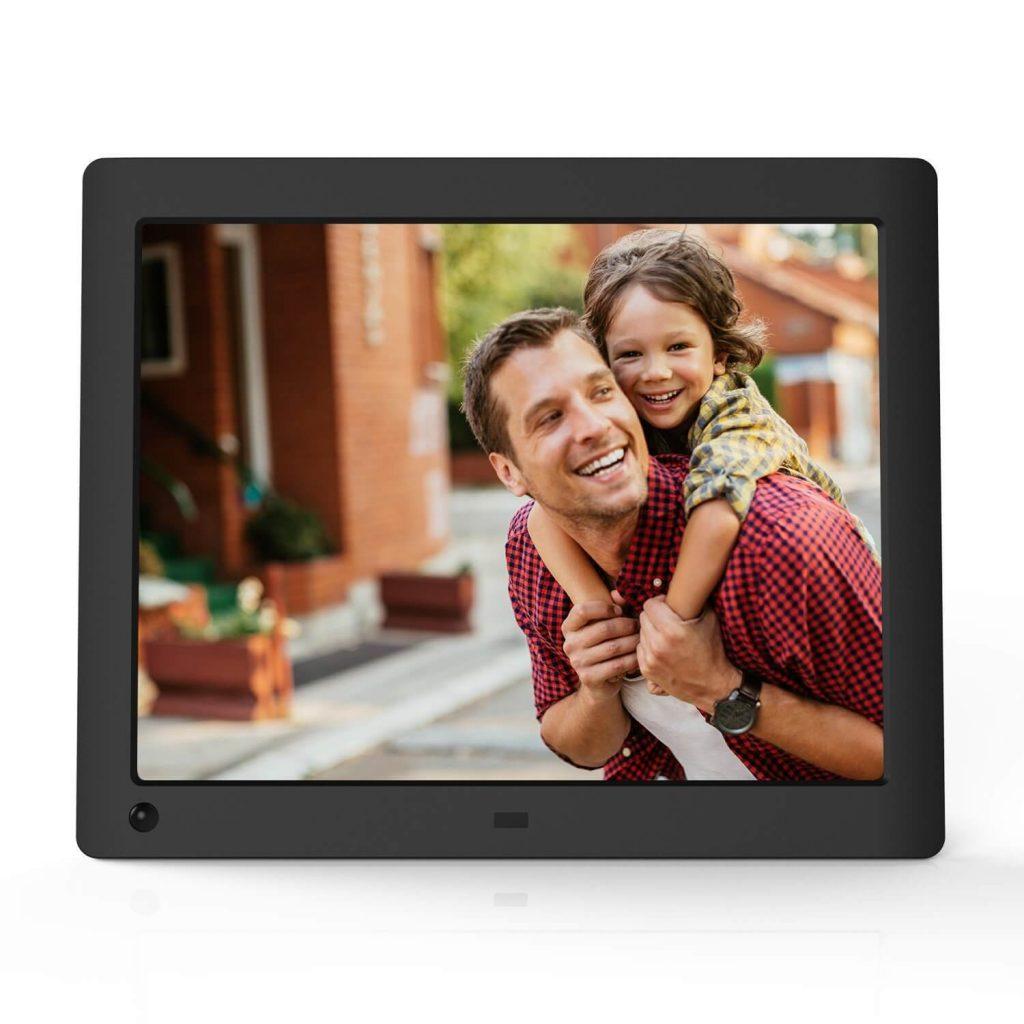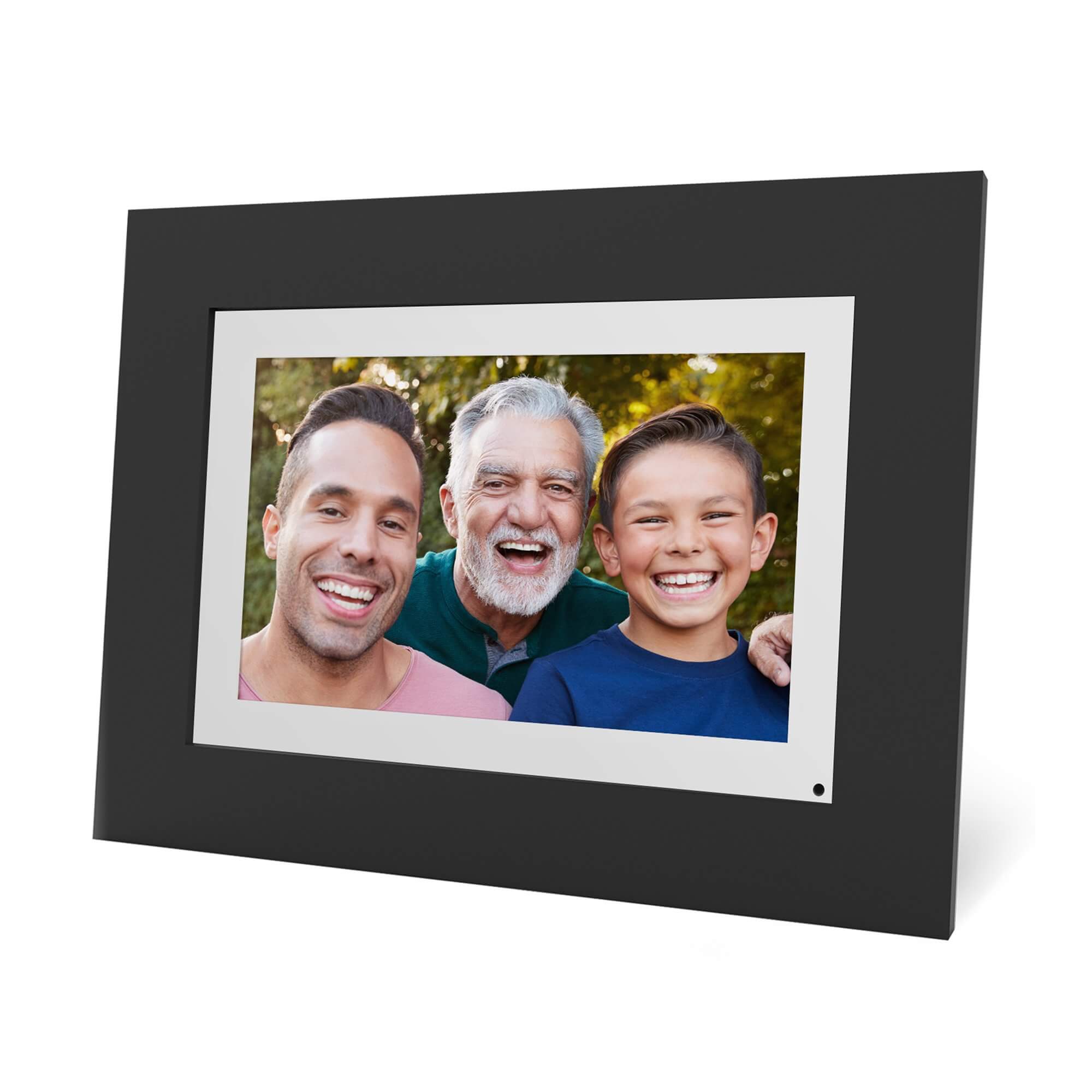Gone are the days when putting up old dubbed photos on walls in frames. The digital era has come with more to offer even for home decor. Digital picture frames are not only easy to use but are also very versatile.
Standard picture frames will need printing to be done and alignment of the photo to the frame. Digital frames enable you to load some pictures onto the frame and switch them as often as you will.
This can also be quickly done by simply loading more photos onto the frame through peripheral devices and connections. Picking the right frame is essential to ensure that you get the best options available. Here are a few features to consider:
Interface
Different photo frames come with varying interfaces of operation. The easier the interface, the better. The most common will have buttons available at the back that will allow you to maneuver through the menus for personalized settings.
Some will have touch interfaces at the front of the screen, and these may cost more than the normal button ones. Simple plug-and-play photo frames are ideal for those that do not want to spend a lot as opposed to those that have more features to work with.
It is wise that you pick a photo frame that resembles a non-digital one. This means having buttons well hidden to present an illusion of a standard photo frame.

Size
The size of the photo frame also matters. Most photo frames will be about 7 to 10 inches while bigger ones will be the size of 7 to 16 inches. The size of the frame will determine the aspect ratio and the visibility of the photo. The bigger the frame, the better if you have large spaces. A smaller one will still work for smaller spaces.
Aspect ratio
The aspect ratio of the frame will determine how well laid out the photos will be. Some of the most common aspect ratios include 4:3, 16:9, and 3:2. The best aspect ratio is always 4:3 unless you are going to odd-shaped sizes.
A photo that has the 16:9 aspect ratio will need to be cropped at the bottom and top to fit within the frame. Most cameras will also give these options and so it would be more than wise for you to use these possibilities while taking photos. This ensures that you have consistent images that fit within the frame.
Most will also provide portrait and landscape options for your photos. These options will allow you to take any form of the photo without the worry of them fitting within the frame.
Read more: 9 Best webcams for zoom meetings
Resolution
The level of resolution your frame can handle is crucial. A low-resolution frame of about 600 x 900 or less will produce pixelated boxes. These will affect the clarity of the photos.
The best way to work with these is to ensure that your frame and handles high resolutions such as 1080p and above. Higher resolutions not only produce high-definition photos but are easier to work with and set.
Low-resolution picture frames are cheaper but will not look as good no matter the photo you install. High-resolution frames will cost more but are worth every coin. The specs of a frame are often indicated, and if not, you must inquire before you make the purchase. You must test the quality of the photos before buying them.
Extra features
Different frames will have various functions. The most basic will be the ability to create a slideshow and allow the installation of photos. There are digital picture frames that will provide you with more than this.
Some will allow the storage of up to 20,000 photos; others will have music in the background while others will allow you to send and receive emails. Some picture frames will also come with Wi-Fi Connectivity making them easy to work with.
An increase in the features will increase the cost of the frame but maybe worth it. Some frames will play videos allowing you to show motion pictures to your visitors on demand.
Connectivity
The type of connectivity the digital picture frame provides will significantly affect your ability to use it. Most people find it tiring having to connect the frame to a PC to move photos while others do not mind the process.
Some will prefer simple USB port connectivity while others will not. Those with Wi-Fi connectivity are the most preferred though expensive as one can move the photos remotely from one gadget to another. Connectivity is all about preference.
Simple frames will easily use USB cabling and have a simple set slide show. Remote connectivity allows you to share photos easily with others.
Design
A good-looking frame is crucial. Ensure that you pick a frame that looks good regarding the build and design. This means considering the color of your walls, where you will set up the frame, and the rest of the décor.
A-frame that blends well and fits the bills will be more than welcome in the living room. Taking the time to do your research online before making a purchase will present you with a wide range of options.
This is what also makes the digital picture frame the perfect gift for a relative, friend, or colleague.
Price
It is important to consider the pricing of a frame. The features one carries will heavily influence the cost of a frame. A simple frame will work as well as any other. It will however not offer the same convenience another offer. It is okay for someone that feels a frame should not have much but is limited to a tech savor that wants more from everything.
Conclusion
A good digital picture frame is a combination of all the above factors. There may be a need for a compromise especially when pricing is involved. Ensure that the compromise does not land on the level of resolution for the frame, as this will determine how well your pictures look in the frame.
